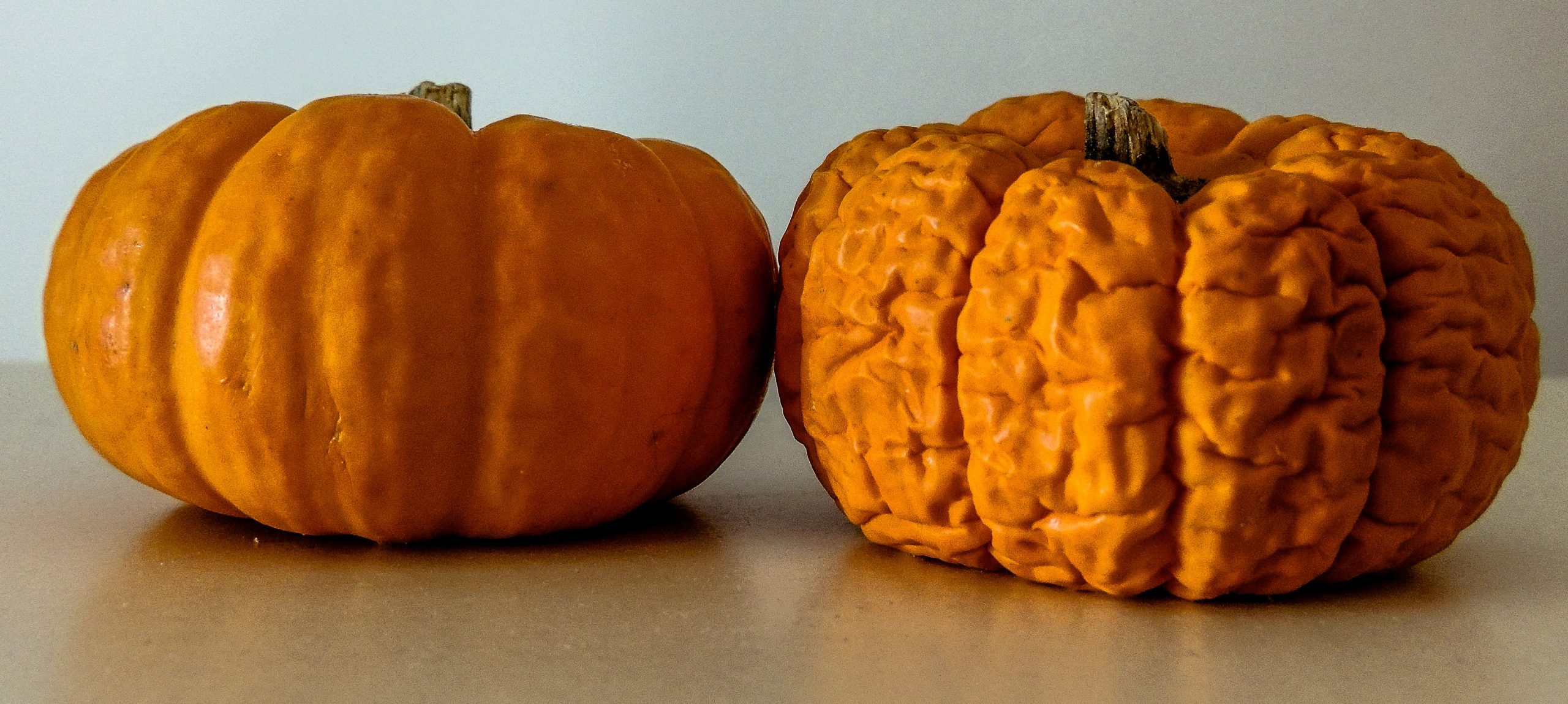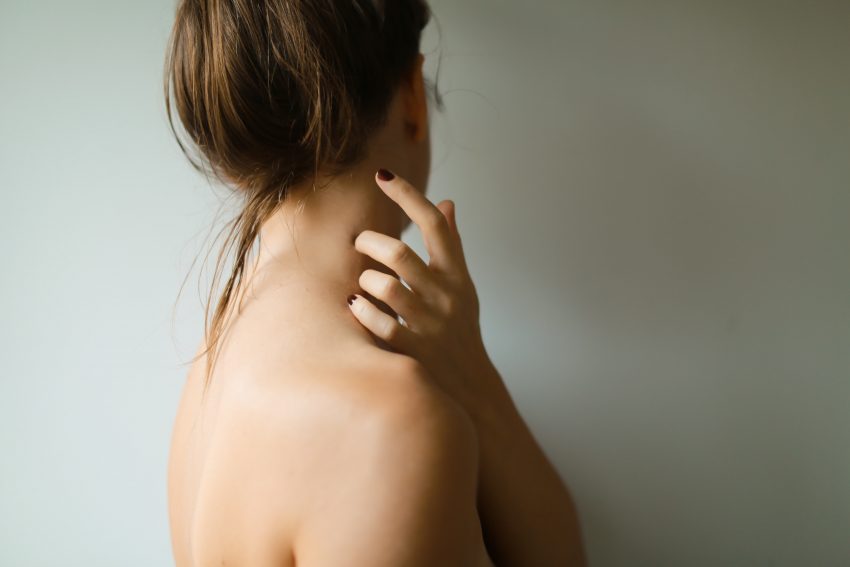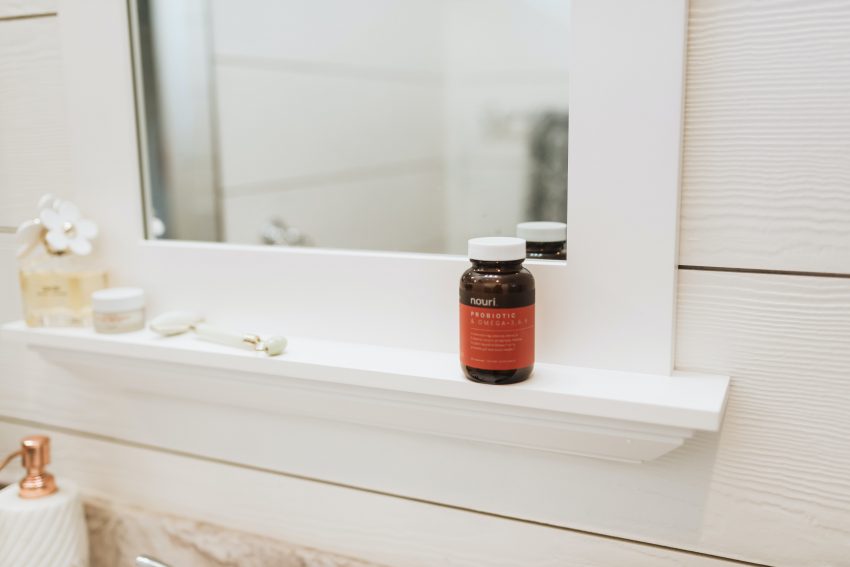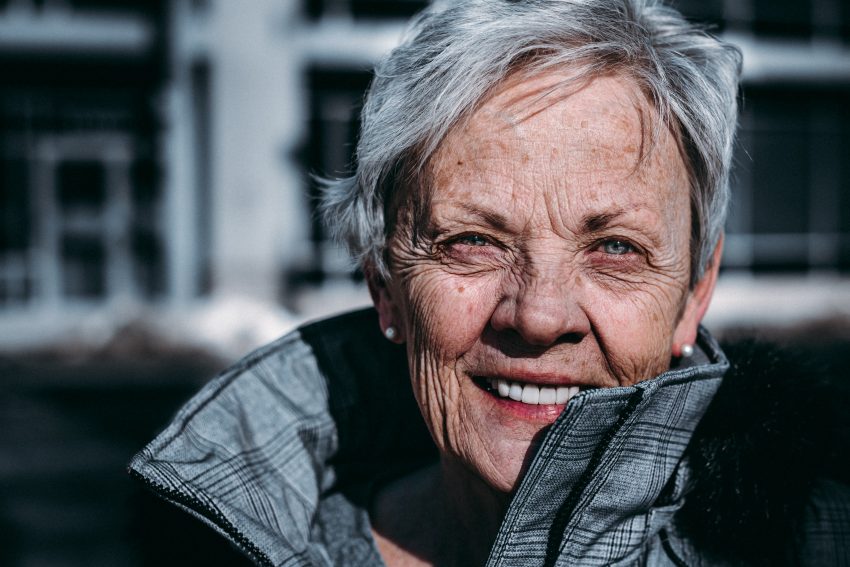Changes in our skin as we age are inevitable, including loss of moisture, changes in…

Essential Skincare Rules for Every Age Group
Looking after our skin is incredibly important for people of all ages, and yet the rules change as we get older. What once worked might not continue to have the same effect as we age, and it’s important to be aware of these changes and adjust accordingly.
Once we hit our teens, we start noticing a real change in our skin, and though many of us despaired as our hormones ran rampant across our faces, at least we knew it wouldn’t last.
But what your skin does and needs as a teen is dramatically different to what your skin needs by the time you hit your forties. Oily skin can become dry, and vice versa. Acne can go away or even flare up again in later years. So it’s crucial we’re aware of how our skin changes, and what we can do to get ourselves as healthy, glowing and youthful as can be.
Skincare In Your Teens
For most teenagers, the biggest skin concern is spots. Not every teen, but many struggle with spots appearing as a result of dramatic hormonal changes during puberty. Seemingly out of nowhere, our skin produces excess sebum (oil), which when mixed with dead skin cells can quickly block pores and lead to spots forming and inflammation.
Your teenage years are the best time to get started on a good skincare routine.
Whether or not you break out, it’s the ideal time to build good habits with your skincare. Work to create a cleansing routine that works for you. Clogged pores and oily skin respond well to gentle cleansers that contain salicylic acid and benzoyl peroxide.
Finding a moisturiser is important, too. Look for products that are non-comedogenic and oil free if your skin is oily. For dry skin, look for products that contain oils that can help your skin to retain moisture. Remember that oil-based products can worsen acne, though.
The third step to a teen skin routine should always be SPF. Whether you’re tempted to tan or not, you should always be wearing protection from the sun, applied every morning, before make-up or sun exposure. Again, look for non-comedogenic sunscreens where possible, with an SPF of 30 or above.
Trust us, as you get older, your skin will be all the better for it.
Skincare In Your 20s and 30s
The truth of it is, it’s far easier to work towards the ideal complexion as we age if you were kind to your skin as a teen. Knowing when to get into a good routine is vital, but you have to carry it through life.
In your 20s…
You might be lucky enough to have grown out of teen acne – but not always. Most of the skin care we need at this age is preventative rather than restorative. Again, sunscreen is just as important as it was a decade before, and will continue to be long into the future. But the chances are, you’ll also have other concerns.
If you find your breakouts didn’t disappear with your rebel attitude and bad teen haircut, then you’re not alone. Continuing to use a cleanser with salicylic acid will help and regularly taking the time to deep clean your pores can be incredibly helpful.
Try a purifying face mask with ingredients such as clay or charcoal, as these are great for bringing impurities to the surface. You’ll find they’re also ideal for soothing and clearing up blemishes, long term.
Around our mid-twenties, we start to lose collagen in our skin. This is the ideal time to consider adding a retinoid to your skin care routine, as these promote cell turnover, reduce collagen breakdown and yes, boost collagen production. Since retinoids can make your skin more sensitive than usual, we’d recommend you apply these at night. And once again, don’t forget the sunscreen!
Retinoids can also cause irritation in high strengths, so start at a low strength and work your way up to avoid unnecessary problems.
In your 30s…
One or two products probably won’t cut it anymore. Our skin tone and texture start to look lacklustre, and our eyes reveal how tired we really are. Eye masks and patches are great for faking a more awake look, but these are the years when it’s time to add an eye cream or gel to your beauty routine.
To improve the dull skin that creeps up on us in our 30s, remember to exfoliate regularly with products containing alpha hydroxy acids like glycolic or lactic acid. Keep an eye out for products with salicylic acid, as this will continue to do good, too.
While you’re adding things to your routine, consider using an antioxidant with vitamin C, vitamin E or ferulic acid. These work to reduce damage from free radicals from UV and pollution, which contribute to premature aging.
Skincare In Your 40s and 50s
It might be true that 40 is the new 20, but your skin isn’t what was when you were 20, no matter how well you’ve looked after it. Now is the time to stock up on nourishing products that hydrate, prevent dullness and most of all, work towards eliminating lines and wrinkles.
Making sure your skin is hydrated is one of the most important things you can do.
You should already have a good moisturiser as part of your skin care routine, but things are different now. When our skin ages, we lose oil and need to put more effort in to combat dryness. Starting with a gentler toner and cleanser, swap our harsh chemicals for richer, creamier formulas.
The signs of ageing
If you noticed dull skin in your 30s, there’s no doubt you’ll be noticing it more now. To boost radiance (and of course, moisture), opt for a facial oil for healthier, glowing skin. A couple of drops applied in the morning and evening will brighten up your complexion in no time.
Between 40 and 50, the actual signs of aging become visible, not just to you but to others. There are amazing procedures to combat the crow’s feet that might appear, but there are also products that can do more than you’d think.
There’s less fat in our cheeks and temples at this age, and combined with less elastin in our skin, we might notice more sagging and wrinkles than before. Keeping your skin hydrated will help, as will using products with peptides, particularly around the delicate eye area.
If this isn’t effective enough for you, consider alternative, non-invasive routes. Injectables such as dermal fillers or treatments for fine lines and wrinkles can have a far more noticeable and long-lasting effect, without the trouble of surgery. Fillers are a great option for replacing the lost volume in our skin, which can restore a smoother appearance.
We can also improve skin texture at this age with skin peels and microneedling, which help the body produce more collagen, filling out our skin once more.
Skincare In Your 60s and Later
Once we hit our 60s and beyond, we’re likely to see deeper lines, pigmentation and a loss of volume in our skin. This is mainly because of hormonal changes and a slowing down of collagen and elastin production that began way back in our mid-twenties. For women, the menopause can have an additional effect, and cause a loss of up to 30% of our collagen.
For those who’ve hit their sixth decade and later, sun-damage can really make its mark. Age spots look like flat brown marks and can appear almost anywhere on the body, giving away our age no matter how well we’ve looked after our skin. However, this pigmentation can be treated by maintaining a good, thorough skin care routine… and with a little help from lasers.
Treatments
Resurfacing treatments can be a brilliant option to remove fine lines, even out skin tone and even repair sun damage. However, this is the age you should also pay closer attention to your skin than ever before. Skin cancer is far more common in your 60s and afterward, and it’s important to pay attention to the changes in your skin, and consult a dermatologist if anything seems amiss.
If you’d rather invest in your skincare routine, hyaluronic acid is the way to go. Capable of holding 1000 times its weight in water, hyaluronic acid can penetrate the skin to plump up and hydrate it from within, giving the appearance (and feel) of firmer skin.
For wrinkles in your 60s and 70s, we have to hark back to the retinoids we began considering in our 30s. By building up a tolerance to retinoids over time, we’re able to increase the concentrations, possibly up to prescription level options. You could also opt for a weekly anti-aging mask, which can temporarily restore facial radiance with revitalizing ingredients.
We may have talked and talked about sunscreen, but we can’t emphasise enough how important it is for our skin throughout our lives. Not just for our appearance, but for our health, too.
However, there are other types of cellular damage that we’re subjected to, and since our cell turnover is much slower as we age, it can be more difficult to reverse. Our bodies naturally work to repair damage as we sleep, so why not make the most of it with an overnight treatment mask? Beauty sleep isn’t just a turn of phrase, you know.







